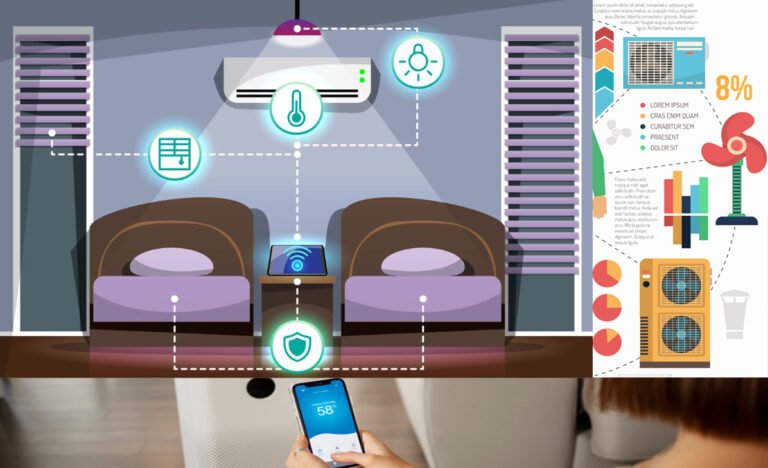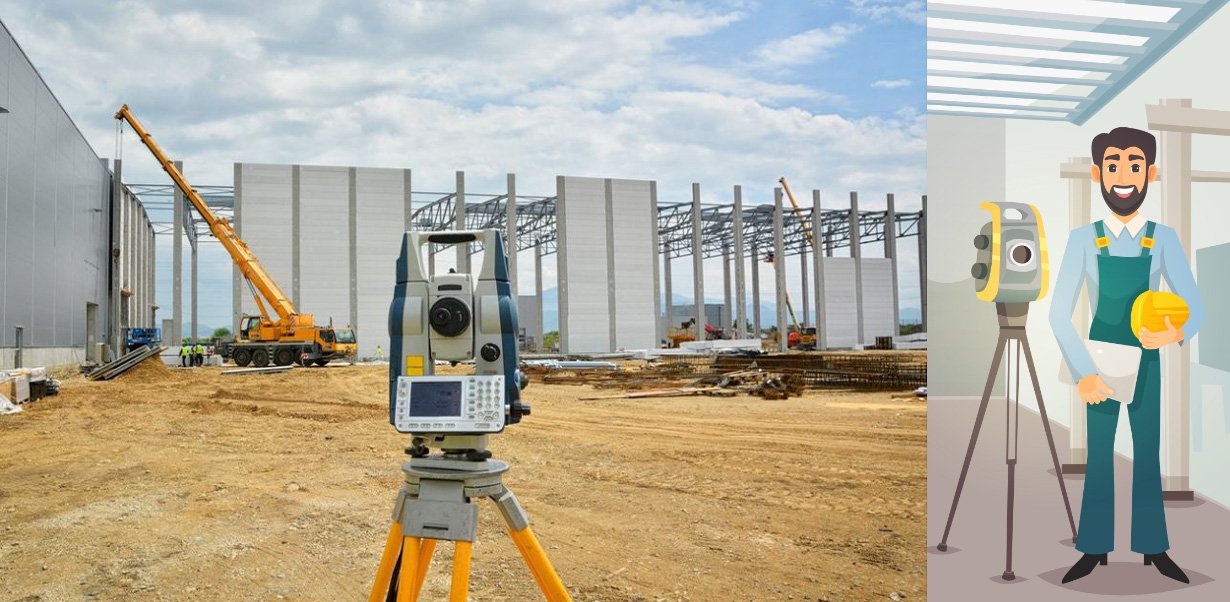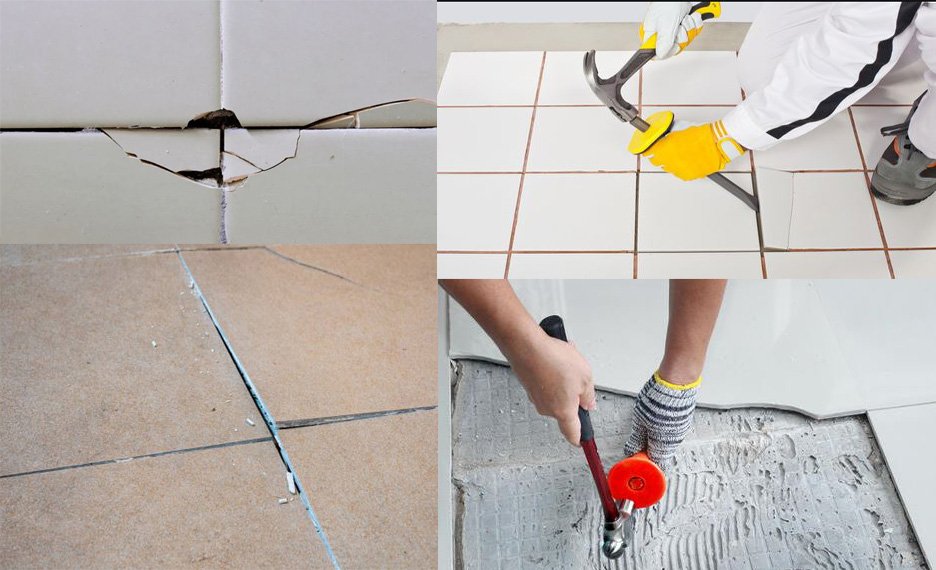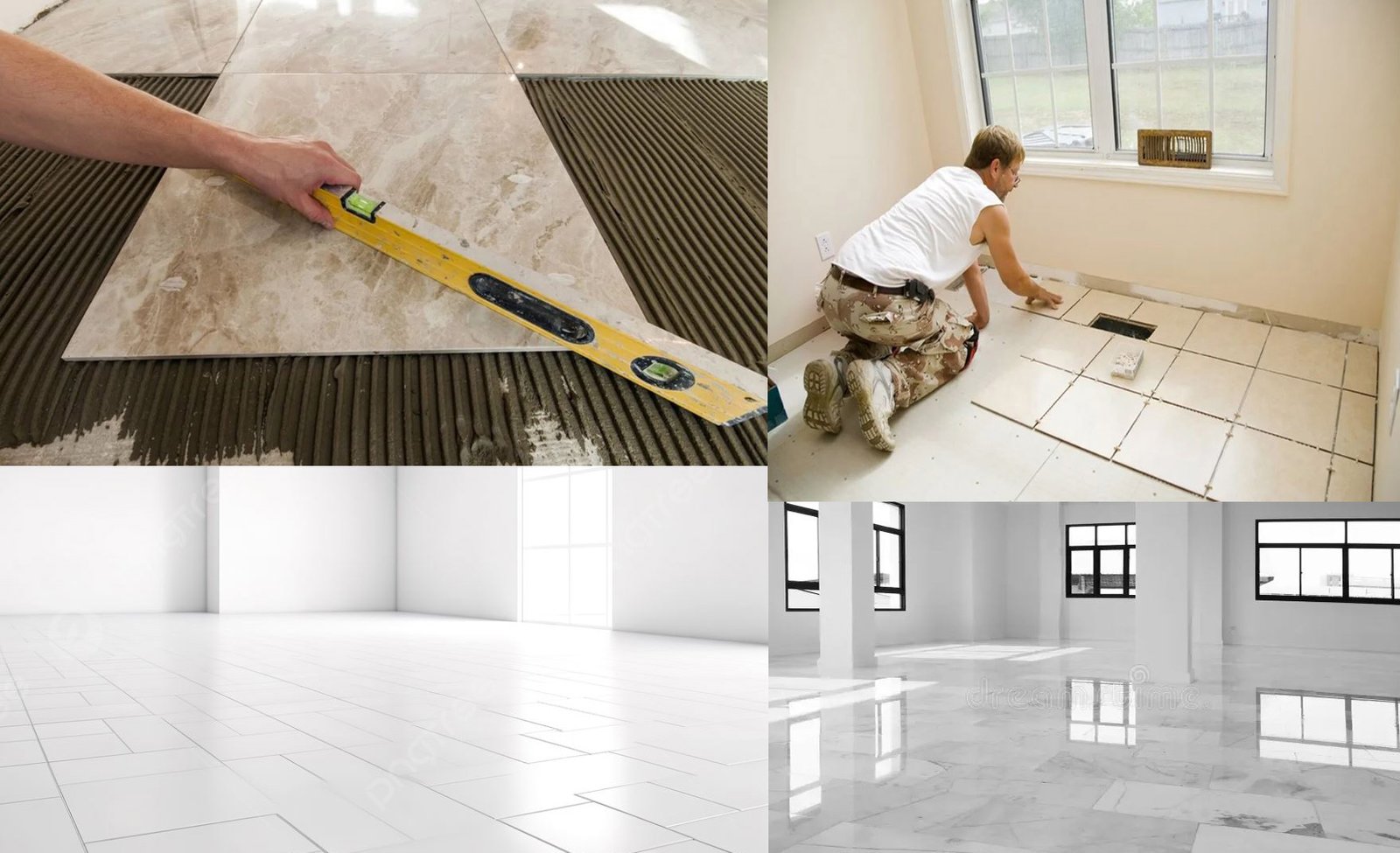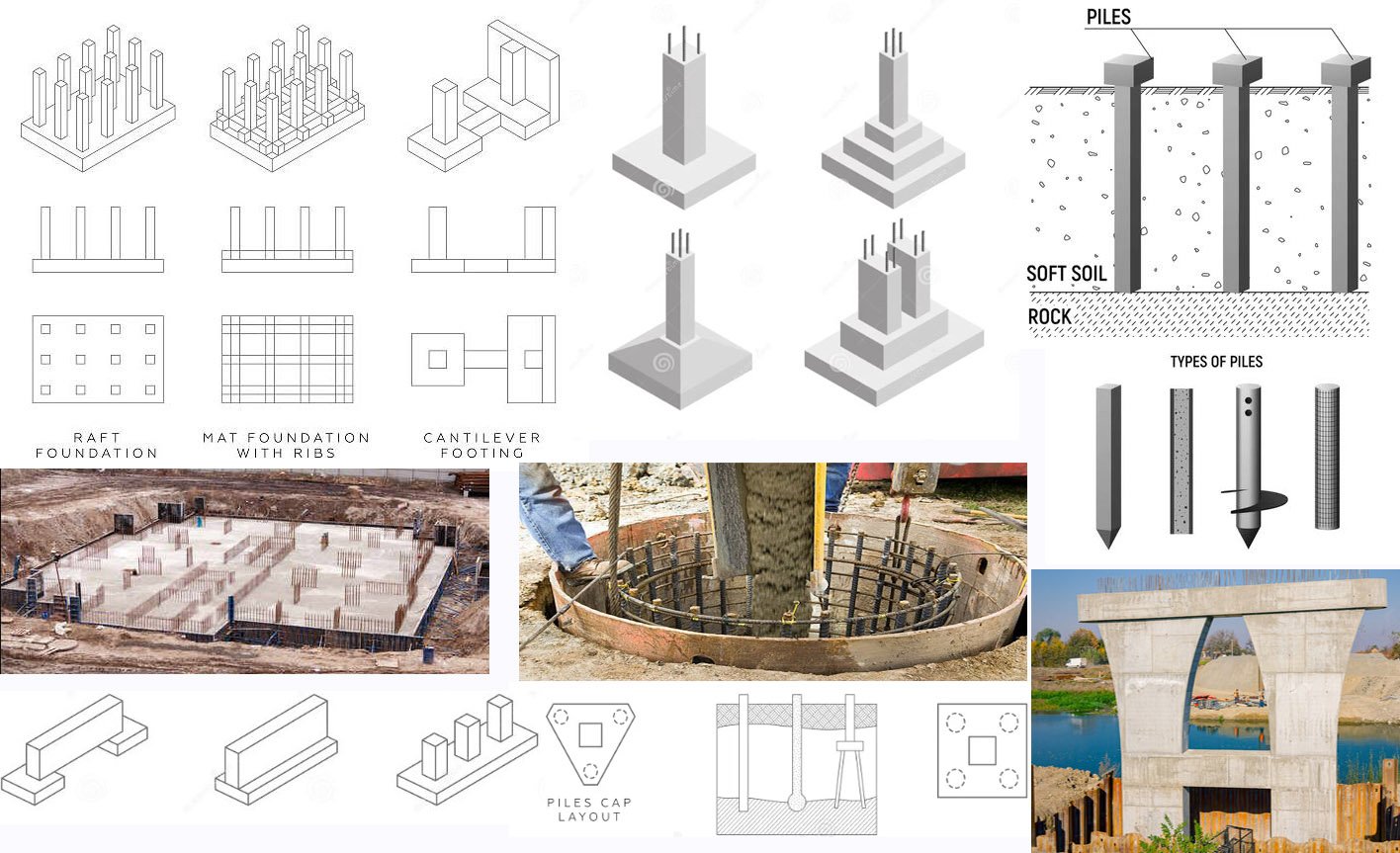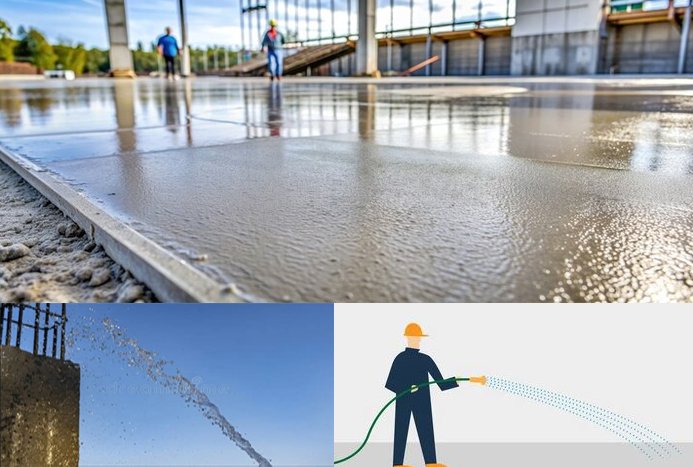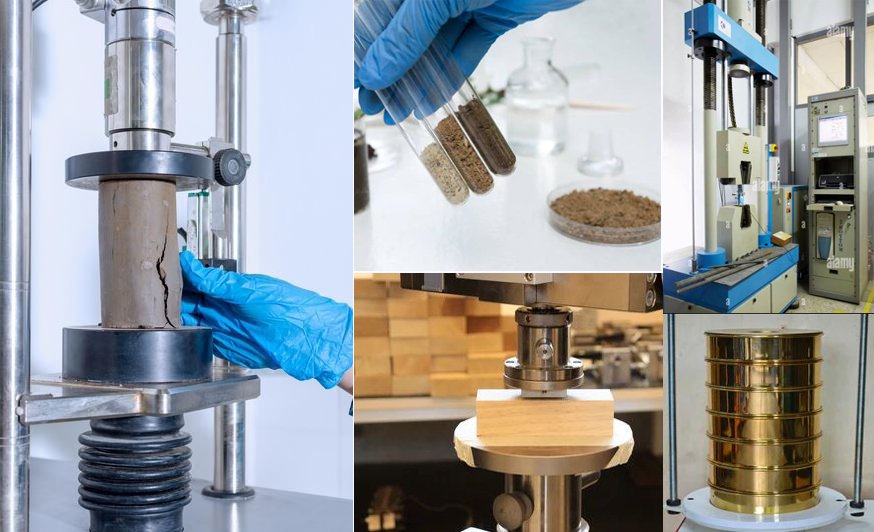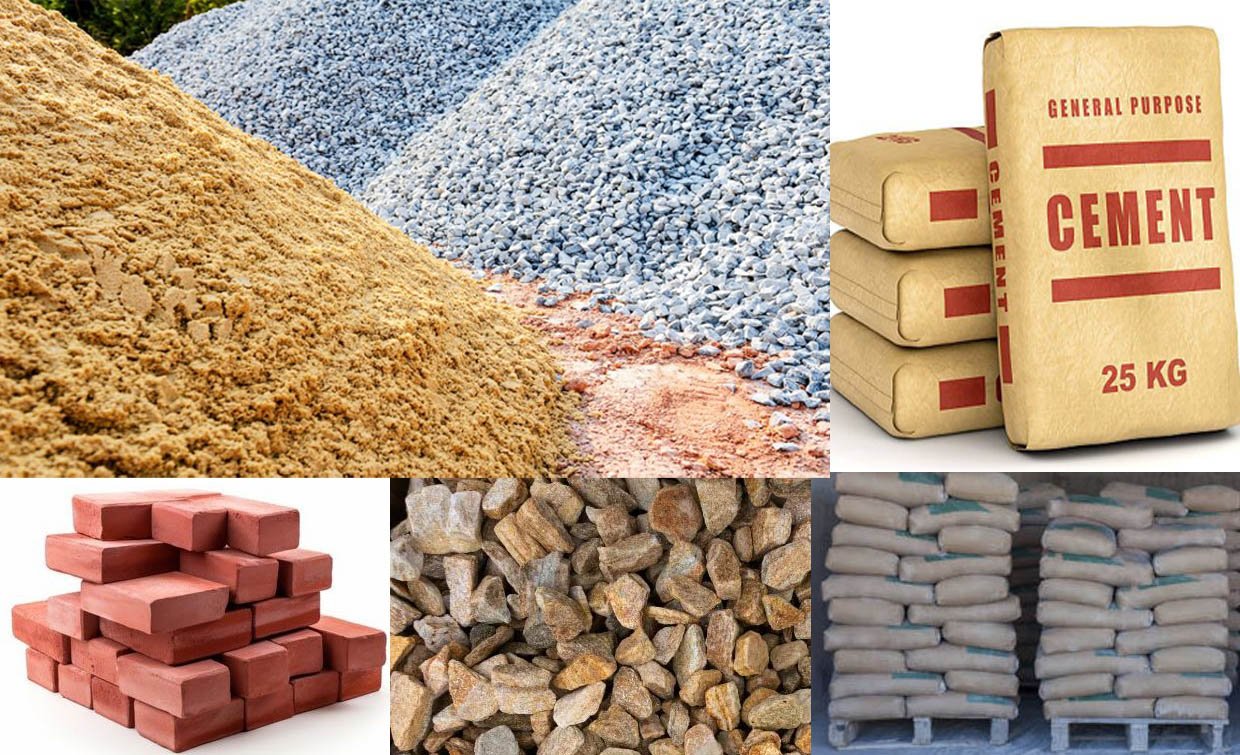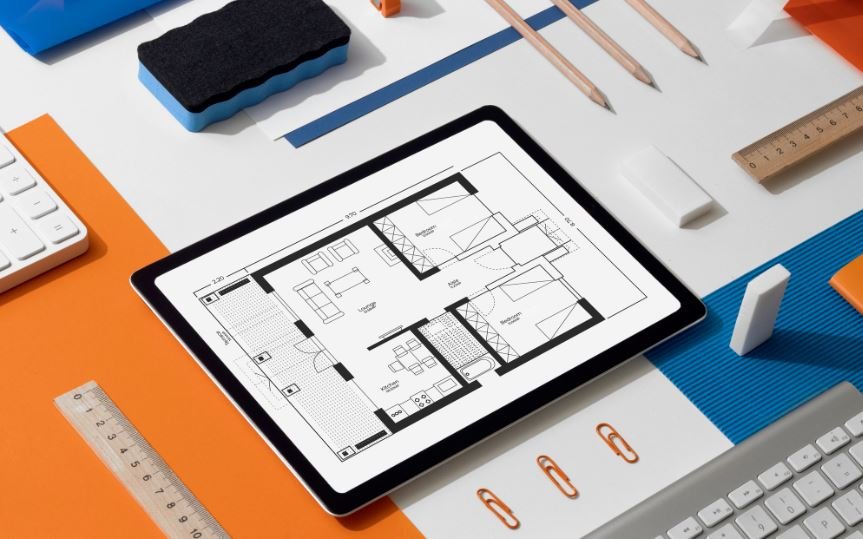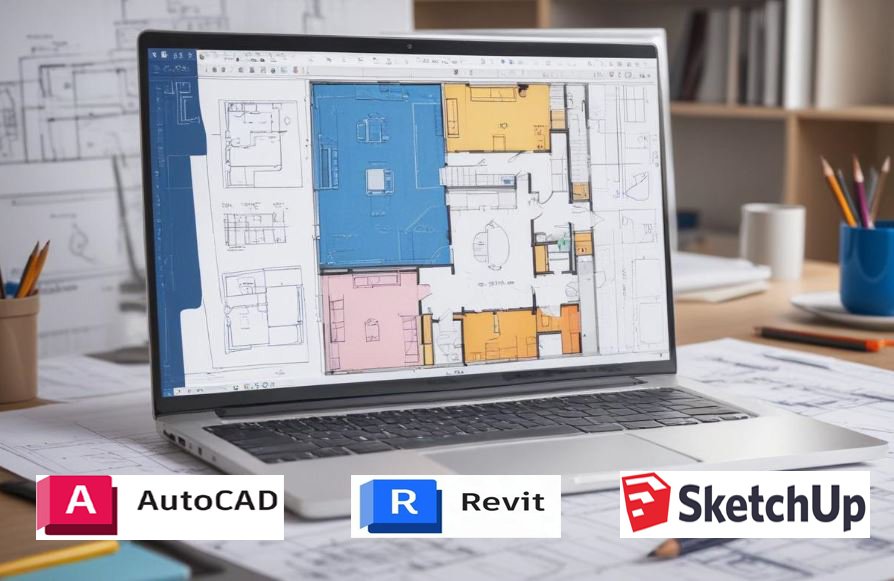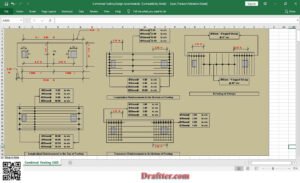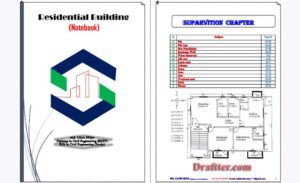Improving indoor air quality is a top priority for homeowners today. With allergens becoming more virulent, pollutants burgeoning, and people more immediately feeling the effects on their health from unclean air. Smart ventilation solutions provide a way to cleaner, healthier living environments with comfort. This article will walk you through the benefits and options, including some frequently asked questions when integrating smart ventilation into your modern home.
The Importance of Smart Ventilation
This has not proved adequate. Traditional ventilation methods are either basic exhaust fans that do not come with smart control or the opening of windows, which compromises security and energy efficiency. A smart ventilation system is an advanced approach to air exchange, which does it automatically based on real-time conditions. Such systems offer several key advantages, which include:
- Improved Indoor Air Quality (IAQ): By monitoring and controlling IAQ in a continuous process, smart systems rid living spaces of pollutants contained in stale air, VOCs, and excess moisture to replace it with fresh, filtered air.
- Enhanced Energy Efficiency: It allows for automatic ventilation to reduce energy waste in manually opening windows or running a fan at a constant rate. Some even use heat recovery ventilation (HRV) or energy recovery ventilation (ERV) to improve optimal energy performance.
- Increased Comfort: Proper ventilation helps in keeping the right temperature and humidity levels in a room hence there is reduced stuffy air and odor, making it comfortable.
- Smart Home Integration: Connect your ventilation system to other smart devices for real seamless control and automation. Like having it automatically turn on ventilation when cooking or showering.
Types of Smart Ventilation Solutions
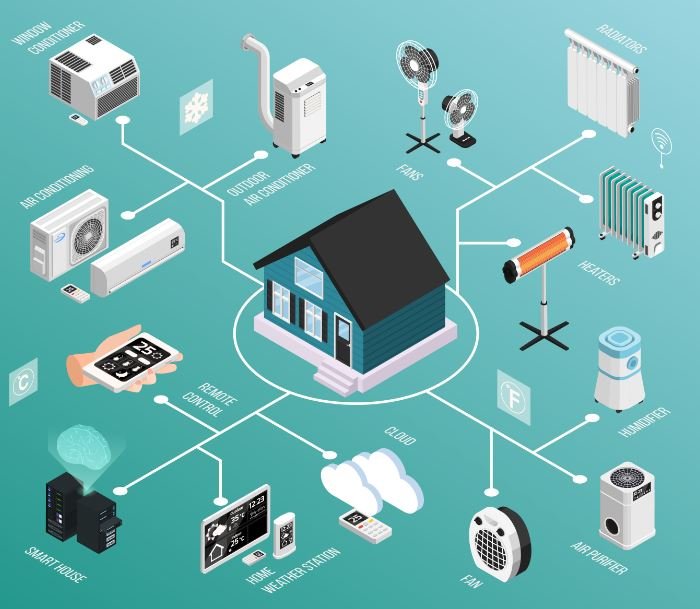
- Smart Exhaust Fans: These fans connect to your home’s Wi-Fi network, allowing for remote control and scheduling. Some models include humidity sensors for automatic operation.
- Smart Supply Ventilation Systems: These systems bring fresh, filtered air into your home, often integrating with HVAC systems for optimal distribution.
- Smart HRV/ERV Systems: These advanced systems exchange stale air for fresh air while recovering heat or energy, maximizing energy efficiency.
- Whole-House Ventilation Controllers: These central control units manage multiple ventilation points throughout the house, providing comprehensive and coordinated air exchange.
Frequently Asked Questions (FAQ)
Q: How much does a smart ventilation system cost?
A: The cost varies depending on the type and complexity of the system. Smart exhaust fans can be relatively affordable, while whole-house systems with HRV/ERV capabilities represent a larger investment.
Q: Can I install a smart ventilation system myself?
A: While some of the more basic smart exhaust fans may be DIY-friendly, generally speaking, the more effective systems will require professional installation. Consider having a qualified HVAC technician perform the installation.
Q: What are the maintenance requirements for a smart ventilation system?
A: Regular filter changes are essential for optimal performance. Professional inspections and maintenance are recommended annually or as advised by the manufacturer.
Q: Will a smart ventilation system reduce my energy bills?
A: Yes, it can, because smart ventilation systems do not allow for excess energy waste and allow for the right amount of ventilation. HRV/ERV systems have the most energy-saving potential.
Q: How do I choose the right smart ventilation system for my home?
A: Consider the size of your home, the climate, and your specific needs. This will help you to identify the best solution with the help of an HVAC professional.
Conclusion:
Investing in smart ventilation solutions is an investment in your health and comfort in the well-being of your home. An intelligent system is designed to provide a constant supply of fresh, filtered air. This amounts to healthier, more enjoyable living environments for years to come.

